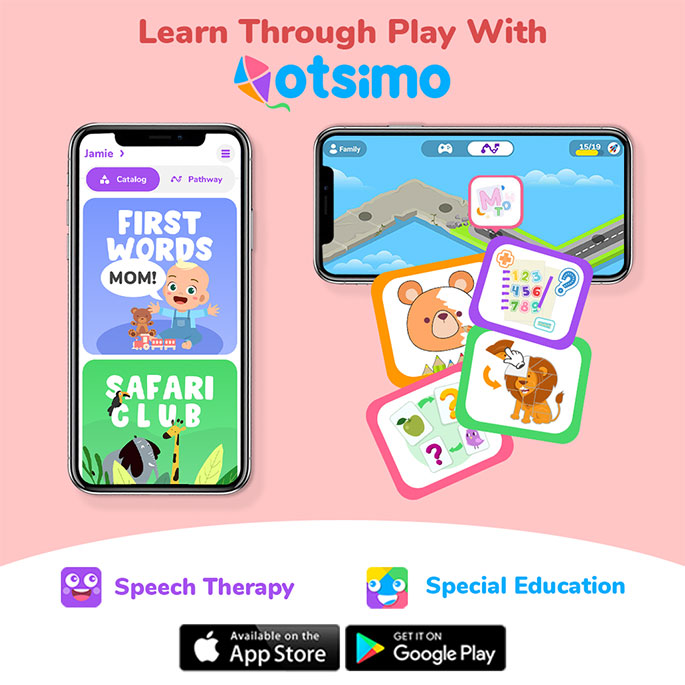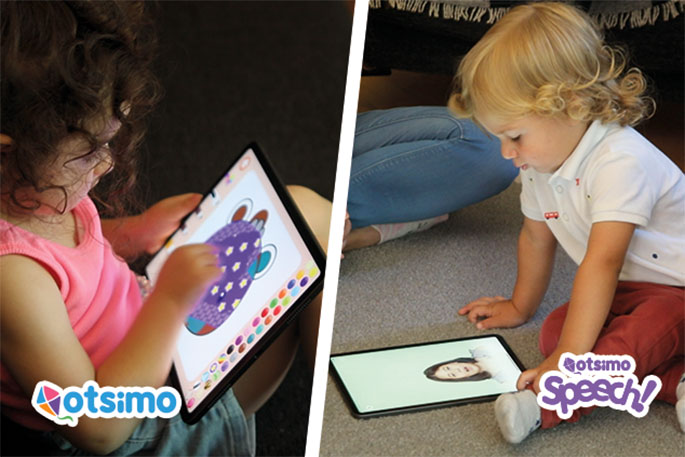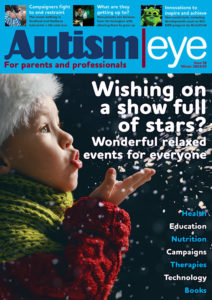The 2021 International Society for Autism Research annual gathering was held virtually between 3 May and 7 May, where studies were presented that give insight on the new developments regarding ASD. Spectrum News’ new articles on some of the reports presented at the INSAR 2021 gathering inform us about the newest developments. One of the unpublished research papers on the results of a longitudinal brain-imaging study suggests that highly folded and curved brains in children in utero tend to show behaviours that are linked to autism spectrum disorder at 18 months of age.
Children’s behaviours as toddlers
Participating researchers stated that these new findings allow us to look at fetal brain differences and their relations to the children’s behaviours as toddlers. In the study, the brains of 147 fetuses at 14 to 40 weeks of gestation were scanned using MRI. Through this, the researchers measured certain aspects of the brain, such as the degree of folding in the brain’s convoluted outer layer, as well as the depth thereof, and the curvature of the frontal lobe.
Once children turned 18 months old, the parents were asked to fill out three standardized questionnaires: the Modified Checklist for Autism in Toddlers (M-CHAT), Infant Toddler Social Emotional Assessment (ITSEA), and the Child Behavior Checklist (CBCL). These were used to screen, measure, and guage early signs of autism, social and emotional problems, and behavioural concerns respectively. If the child got high scores on each of the questionnaires, that meant the behaviours linked with autism would be greater. This new unpublished research looks at the relation between the fetal brain differences and the child’s behaviours when they are growing up.
Great step in predicting behaviours and outcomes
The results showed that children with a high score on all of the questionnaires were more likely to have had a more wrinkled and curved brain in utero. Researchers found there were some associations between the increased curvatures and the cortical folding with the above mentioned tests, but stated that these implications don’t necessarily mean a definitive link between fetal brain structure and ASD.
Although more research is needed to say these results are surely linked to the elements of autism, this is a great step in learning more about the disorder and predicting childhood behaviours and outcomes. Limperopoulos, the lead researcher, said that if they can use the advanced MRI tools to identify risks for long-term neurobehavioural disorders, we would be able to adjust and target interventions even before we see the symptoms.
This study gives the community another opportunity to begin more targeted early intervention even earlier. If more research on the topic proves that the behaviours of the children are, in fact, resulting from certain aspects of the brain in utero, then the clinicians and the family can better prepare ahead of time. At Otsimo, we know that early and intensive special education is the most effective way to educate children with special needs. One of our fundamental goals is to provide the most inclusive and tailor-made education, deriving our inspiration and resources from such studies to better ourselves and become a trusted source for the families. Preparing for the diagnosis even before the baby is born could make a great change, both in the baby’s and their parents’ life. And using this information, we could reach more households with special needs with better suited and well-made solutions.




















